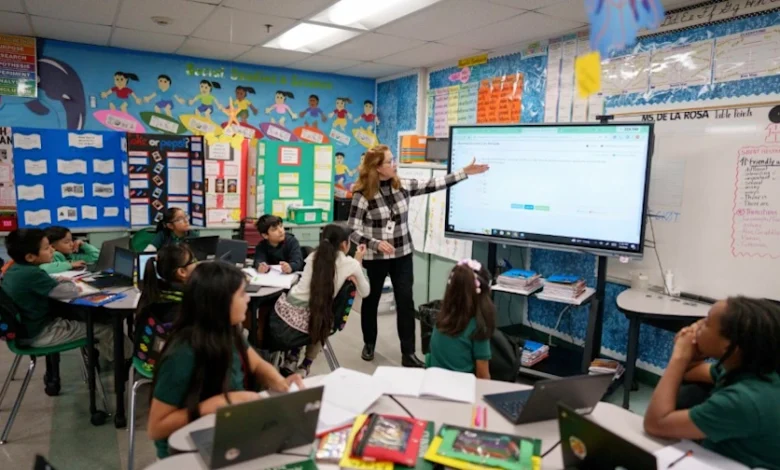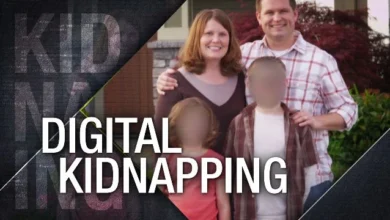Active Shooter Preparedness in Schools: Lessons from Ohio’s Back-to-School Training

As schools reopen across the United States, safety is now considered as important as academics. In Ohio, teachers are undergoing active shooter preparedness training as part of their professional development. This reflects a growing trend in school systems nationwide, where safety drills now extend beyond fire alarms and tornado warnings to include strategies for surviving violent attacks.
Why Schools Conduct Active Shooter Training
The rise in school shootings over the past two decades has forced educators, policymakers, and law enforcement agencies to rethink school safety. Traditional emergency responses are no longer sufficient. Statistics show that more than half of active shooter incidents end before police arrive, meaning that teachers and staff are often the true first responders.
Active shooter training is therefore designed to:
- Equip educators with strategies to protect themselves and their students.
- Reduce the number of potential casualties through quick and informed actions.
- Build confidence in handling high-stress situations where every second matters.
The CRASE Model
One of the programs widely used in Ohio is CRASE (Civilian Response to Active Shooter Events), developed by law enforcement experts. This model emphasizes practical, easy-to-remember steps that can be applied in real situations. Key elements include:
- Avoid – If possible, identify escape routes and leave the danger zone with students.
- Deny – If escape is not an option, create barriers by locking or barricading doors, turning off lights, and staying out of sight.
- Defend – As a last resort, use available resources to resist and disrupt the attacker’s actions until law enforcement arrives.
This “Avoid–Deny–Defend” approach is intended to replace passive responses with proactive survival strategies.
Beyond Lockdowns: First Aid Training
Active shooter preparedness now goes hand in hand with basic trauma care skills. Teachers in Ohio are trained to:
- Use tourniquets to stop life-threatening bleeding.
- Apply pressure dressings or improvised bandages.
- Recognize shock and provide stabilization until paramedics arrive.
These skills mirror battlefield medicine, adapted for the school environment, and acknowledge that in many cases, immediate care can save lives before professional help arrives.
Psychological and Ethical Dimensions
While such training is necessary, it also raises difficult questions. Schools are traditionally seen as safe, nurturing environments. Preparing teachers for violent intrusions highlights the changing realities of education in America. Educators today must balance their primary role as instructors with the added responsibility of being guardians in crisis situations.
Mental health experts recommend pairing active shooter drills with support systems that help staff and students manage anxiety. The goal is to prepare without instilling fear, ensuring that training builds resilience rather than trauma.
Building a Culture of Preparedness
Effective school safety requires more than isolated drills. A comprehensive approach includes:
- Partnerships with law enforcement for ongoing training.
- Clear communication protocols so staff and students know what to do in emergencies.
- Regular evaluations of school infrastructure to ensure secure entry points and safe evacuation routes.
- Community involvement, ensuring that parents, students, and staff share responsibility for vigilance and preparedness.
Conclusion
The active shooter training in Ohio schools is part of a broader effort to adapt to modern security challenges. By combining proactive defense strategies, medical preparedness, and community-wide awareness, schools aim to reduce risks and safeguard lives.
While no one wants to imagine such scenarios, the reality is that preparedness can make the difference between chaos and survival. In this way, training is not simply an exercise in worst-case thinking, it is an investment in the safety, confidence, and resilience of both educators and students.
Source of Image: Yahoo news





